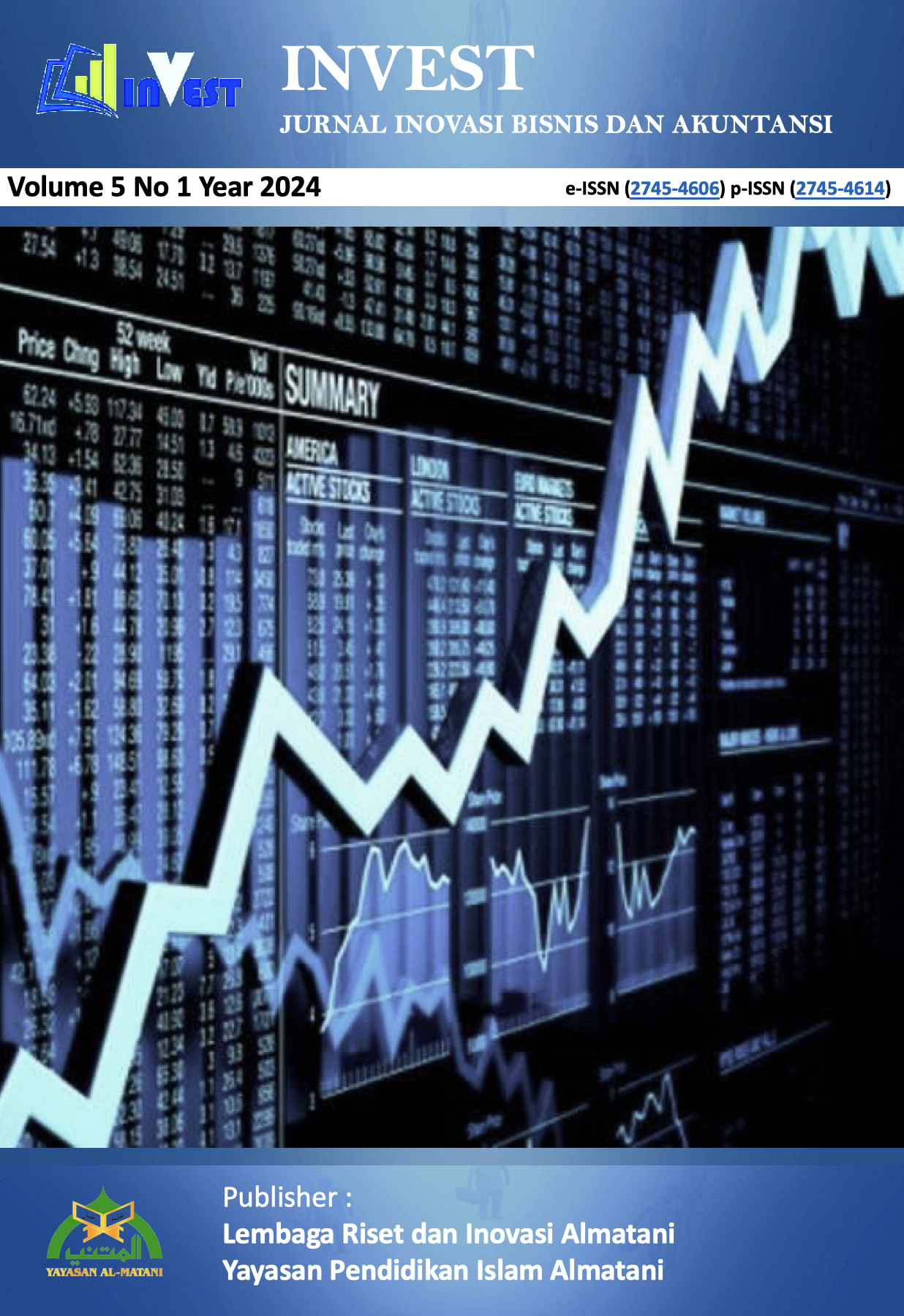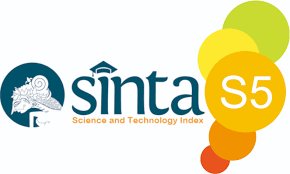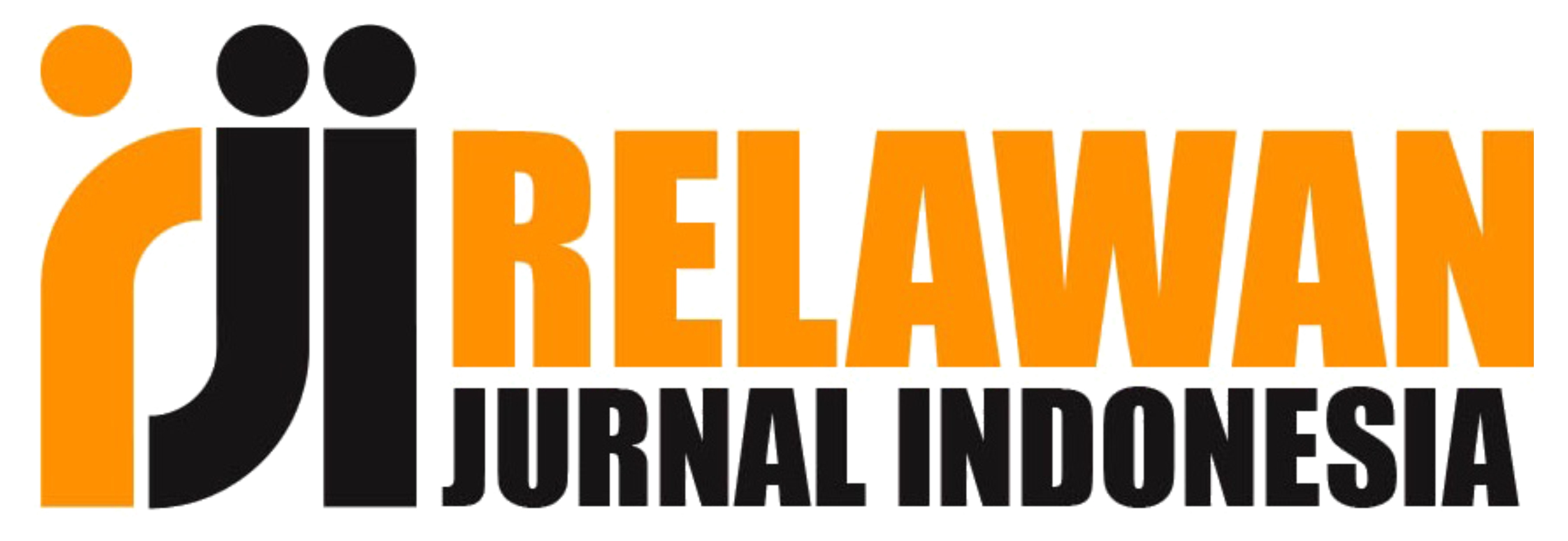Scheduling Analysis of Oil Tank Maintenance Project System Coil Heater Pipe Factory Using CPM Method (Critical Path Method) and PERT (Project Evaluation and Review Technique)
DOI:
https://doi.org/10.55583/invest.v5i1.634Keywords:
Scheduling, CPM, PERTAbstract
Scheduling is a crucial part of every project since it influences so many aspects. In spite of the fact that the project isn't wrapping up when it was supposed to, the corporation is sticking to the provided timetable and running into trouble as a result. In this case, the CPM and PERT methodologies will be used to calculate and schedule the project's crucial trajectory in order to foresee any delays in the project's completion. The findings of the analysis show that the activities A through L make up the critical route for one tank's worth of labor, and that the CPM and PERT approaches provide different conclusions. Which, via the use of the CPM approach, cut down the typical project duration of 24 days to 20 days of actual labor time. Meanwhile, the PERT technique shows that a two-hour reduction in the typical project duration—from 24 days to 23 days and six working hours—is possible in 70% of cases.
References
Aulia, S., & Cipta, H. (2023). Network Planning Analysis Using CPM and PERT Methods on Optimization of Time and Cost. Sinkron: jurnal dan penelitian teknik informatika, 8(1), 171-177.
Andiyan, A., Putra, R. M., Rembulan, G. D., & Tannady, H. (2021, June). Construction project evaluation using CPM-Crashing, CPM-PERT and CCPM for minimize project delays. In Journal of Physics: Conference Series (Vol. 1933, No. 1, p. 012096). IOP Publishing.
Handayani, W., & Ganistian, G. A. (2021). Application of Critical Path Method (CPM) and S-Curve on Scheduling Deep Water Well Pump Construction Project in Sorong, West Papua. In Proceedings of the International Conference on Industrial Engineering and Operations Management (pp. 521-533).
Ihendeson, E. O., Ujile, A. A., & Leol, A. K. (2019). Comparative Study of Pipeline Deliverables using Deterministic and Stochastic Models. European Journal of Engineering and Technology Research, 4(1), 115-122.
Jo, S. H., Lee, E. B., & Pyo, K. Y. (2018). Integrating a procurement management process into critical chain project management (CCPM): A case-study on oil and gas projects, the piping process. Sustainability, 10(6), 1817.
Kusumadarma, I. A., Pratami, D., Yasa, I. P., & Tripiawan, W. (2020). Developing project schedule in telecommunication projects using critical path method (CPM). International Journal of Integrated Engineering, 12(3), 60-67.
Nkoi, B., Wordu, A. A., & Worgu, F. (2019). Project Evaluation Review Technique Model to Dredging Operations in Niger Delta. European Journal of Engineering and Technology Research, 4(3), 190-195.
Ngatilah, Y., Pujiastuti, C., Nugraha, I., & Arifin, D. Q. (2021). Optimal Pressure Vessel Project Schedule Planning with Critical Path Method (CPM) at PT. XYZ. Nusantara Science and Technology Proceedings, 226-235.
Soni, A. K. A. S. H., Ramesh Kumar, C., & Shrivastava, A. M. I. T. (2022). Construction projects risk assessment based on PERT, CPM and project management with Fuzzy Logic technique. Advances and Applications in Mathematical Sciences, 21(9), 5385-5395.
Suryono, Y. B., & Hasbullah, H. (2020). Analysis of new production line project improvement through critical path method (cpm), design structure matrix (dsm) and program evaluation and review (pert). Journal of Industrial Engineering & Management Research, 1(4), 9-17.
Zareei, S. (2018). Project scheduling for constructing biogas plant using critical path method. Renewable and Sustainable Energy Reviews, 81, 756-759.
Downloads
Published
How to Cite
Issue
Section
License
Copyright (c) 2024 Putri Hanifa, Liya Megawati, Wahidin Wahidin

This work is licensed under a Creative Commons Attribution-NonCommercial 4.0 International License.










